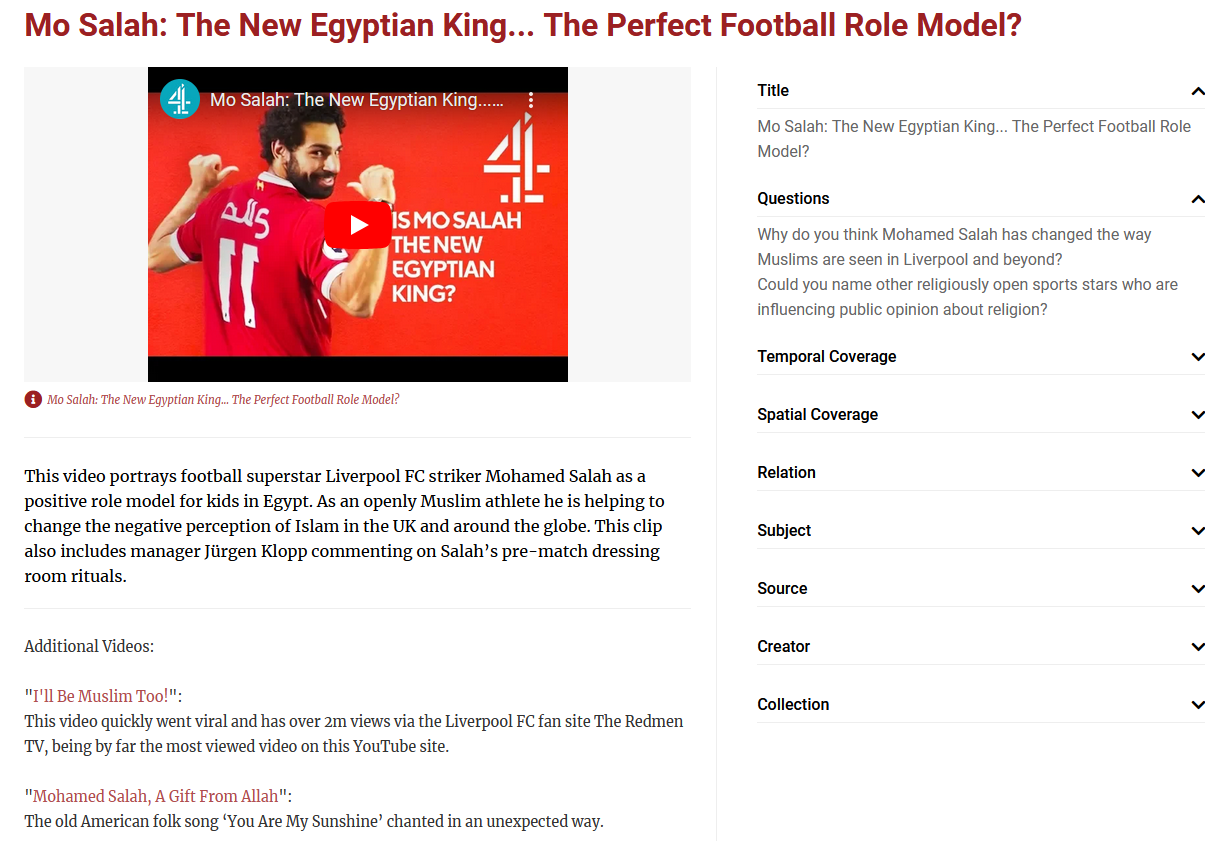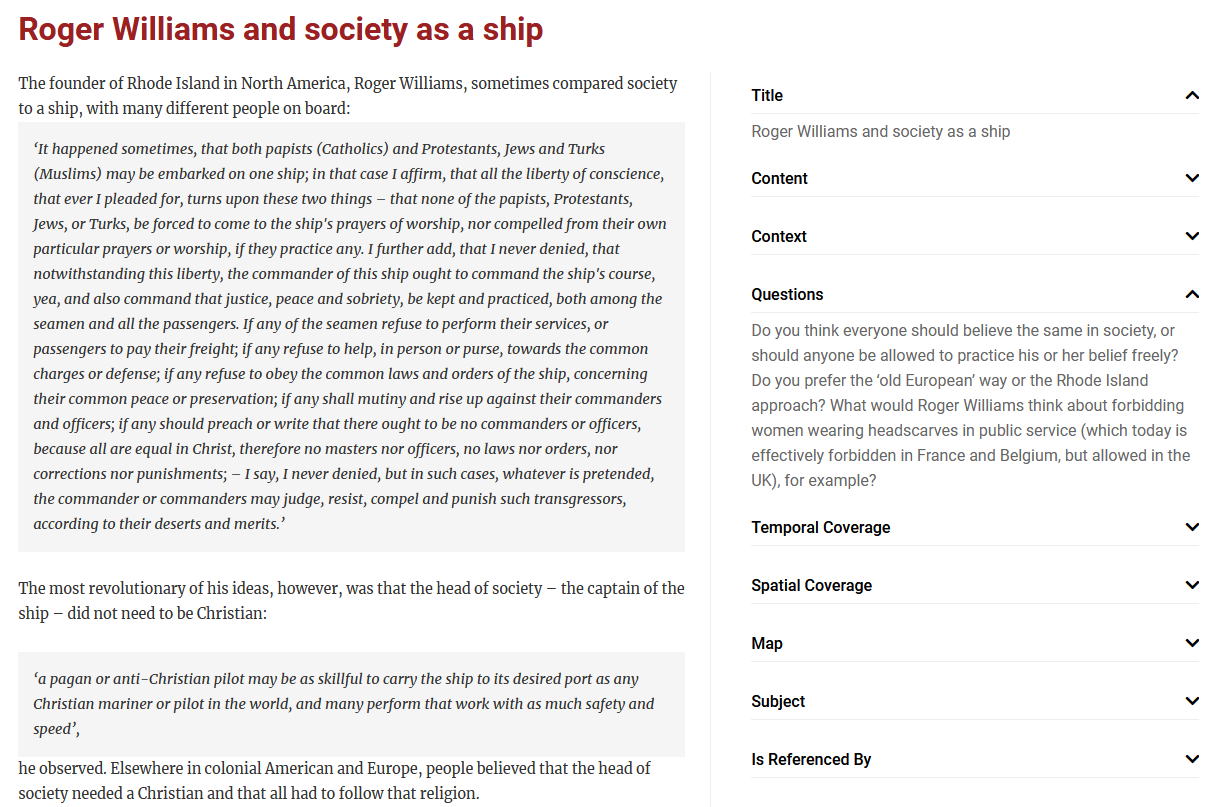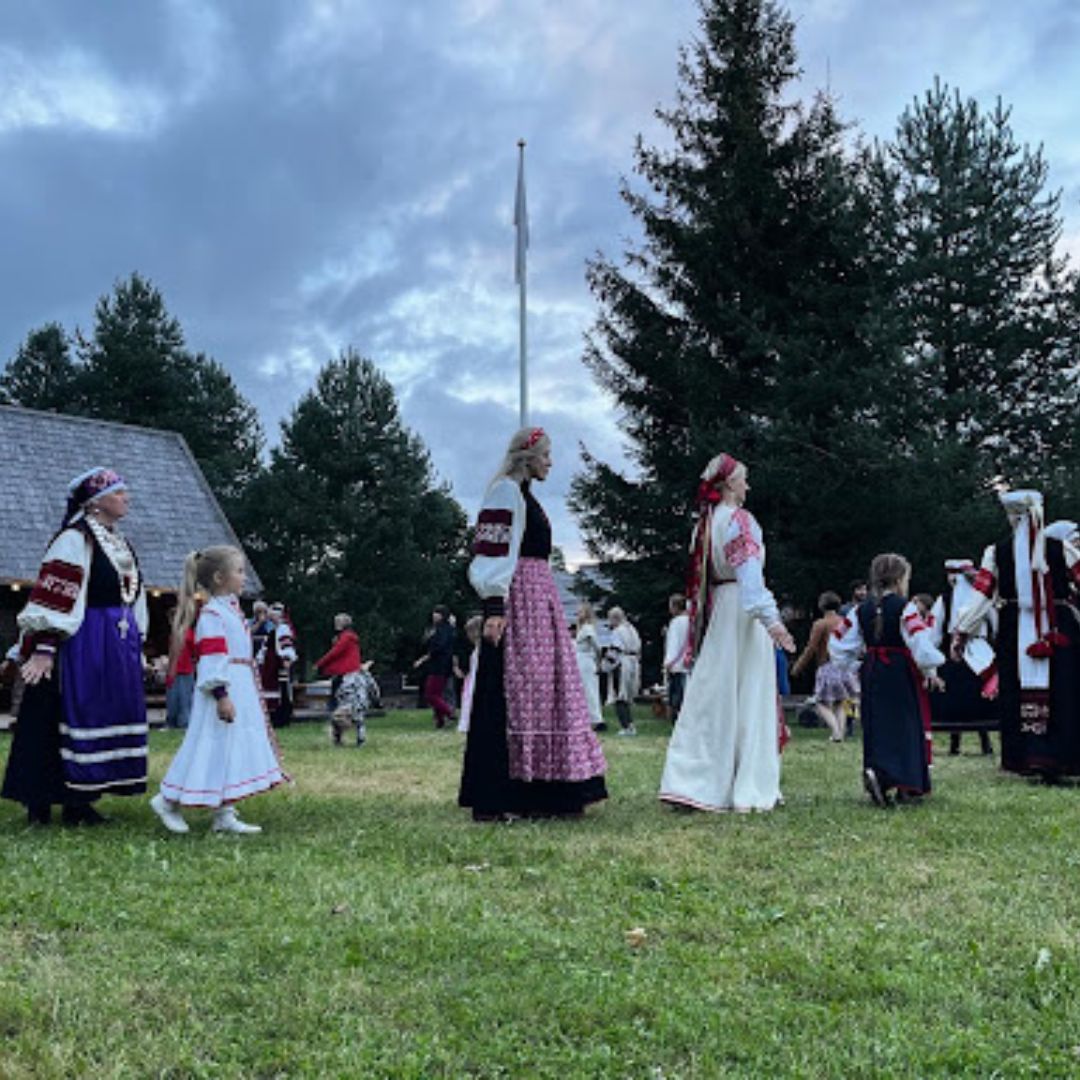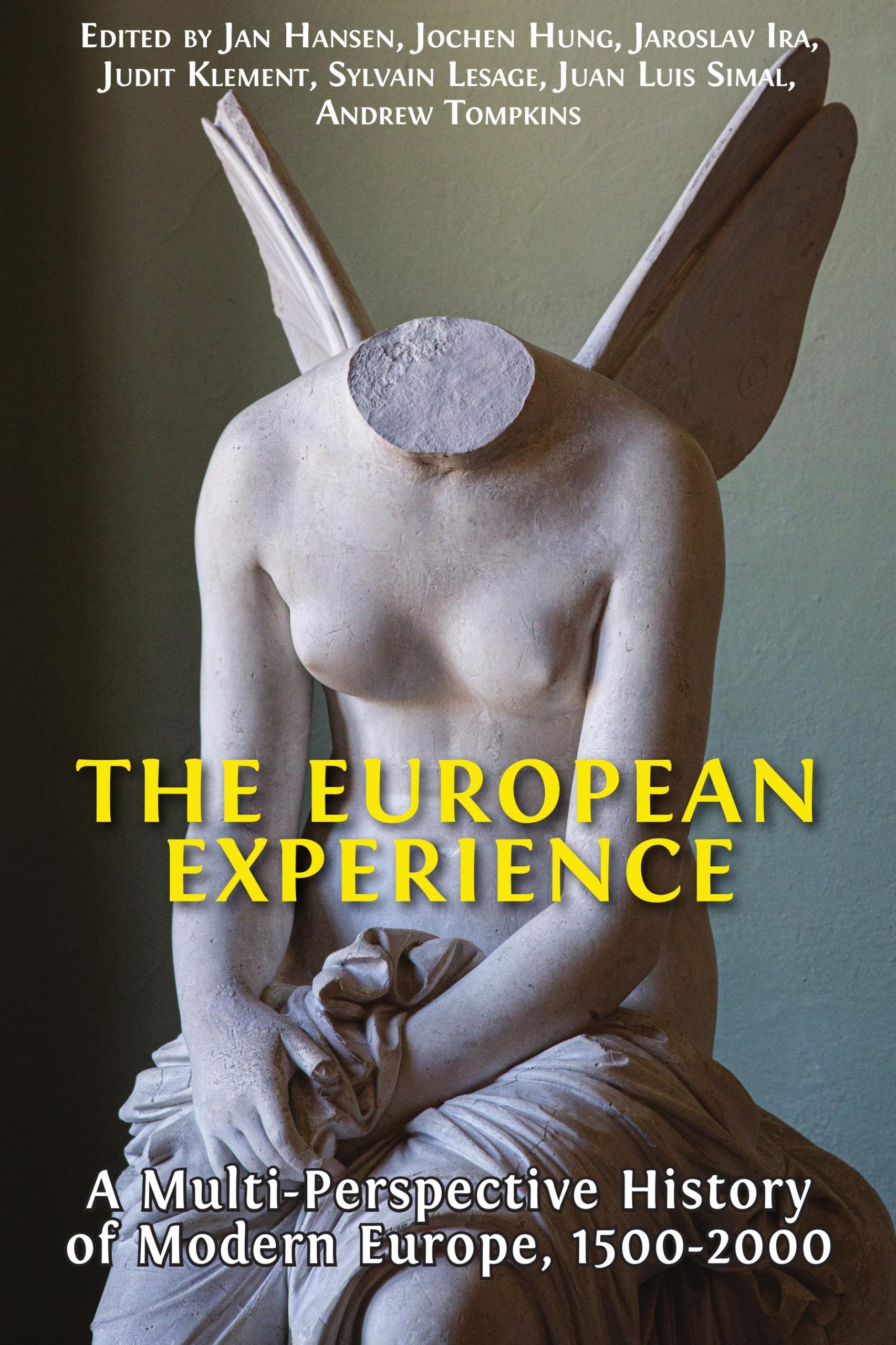God is back! Although we live in a largely secular society, religious issues emerge once again, and in the identity debate religious symbols abound. How did that happen? Why does religion lead to opposition and conflict? Is that always the case? Clearly not. But how did people neutralize religious contradictions in the past? Can we learn from, or better: with, those experiences? These are the questions that are central to RETOPEA. It investigates the different ways in which religious coexistence is thought of in different environments and how religious peace treaties have been established in the past. The idea is to use the insights gained to inform thinking about present-day peaceful religious co-existence.
To gain more insight into the religious landscape today Retopea analysed various discourses in which religion and religious diversity are discussed: from school manuals and museums to TV series, YouTube and political speeches. It also looked at initiatives that try to bridge religious differences in practice. In addition, it studied religious peace treaties and tolerance edicts from European and (to a limited extent) world history: these show how one has succeeded in transcending religious conflicts in the past. Insight into such processes of peace-making also teaches a lot about the basic principles of the contemporary political and secular religious order.
That above mentioned analysis was the starting point of developing an educational process, in which teenagers – 12 to 18-year-olds – are invited to make short documentary films, ‘docutubes’. Using an approach of active, collaborative and inquiry-based learning, young people (ages 13-18) are invited to build (historical and current) knowledge about religious diversity. Through a critical review of various topical as well as historical sources (“clippings”), they can expand their knowledge and media-wise adjust their initial perspective. From the knowledge gained (using the past as inspiration) they then develop a position, and reflect on an attitude associated with this position (what commitment can they take in the pursuit of a more harmonious society). They express that point of view in a docutube. In this they are supported by teachers/educators.
Retopea offers more than 400 clippings, stimulating teenagers to think about living together with people with different religious and ideological backgrounds and beliefs. Of course teenagers do not have to analyze all of them. Few are already sufficient to sharpen their critical thinking, and to make them resilient against simplistic propaganda. The clippings are available in English, French, German, Spanish, Estonian and Macedonian (Polish will be added later) and can be found here: https://retopea.eu/s/en/page/clippings. They are categorized according to twelve themes: gender and sexuality; migration, trade and travel; propaganda, stereotyping and communication; discrimination and otherness; ideas of tolerance; peace and conflict management; memory and heritage; law, police and public order; places and buildings; religious practice; dress; family life. The clippings consist of textual as well as visual, audio and audiovisual sources. The website also offers specific storylines. Each clipping comes with contextual information (situating the clipping in time, space and society, and providing information on the author) and a set of questions to encourage critical thinking about the issues it raises.
If you are a teacher or educator and would like to find out how to run a docutube workshop yourself, Retopea offers you a free online Badged Open Course: Young people and religion: creative learning with history, which is also available in several languages. Its aim is to train teachers and others working with young people on how precisely to engage them in learning about religious diversity past and present through the creative process of making docutubes. This course offers the pedagogical tools to engage in a unique approach to develop knowledge and understanding of religious diversity.
Example of a topical clipping (see https://retopea.eu/s/en/item/8353):

Example of a historical clipping (see https://retopea.eu/s/en/item/6112):





